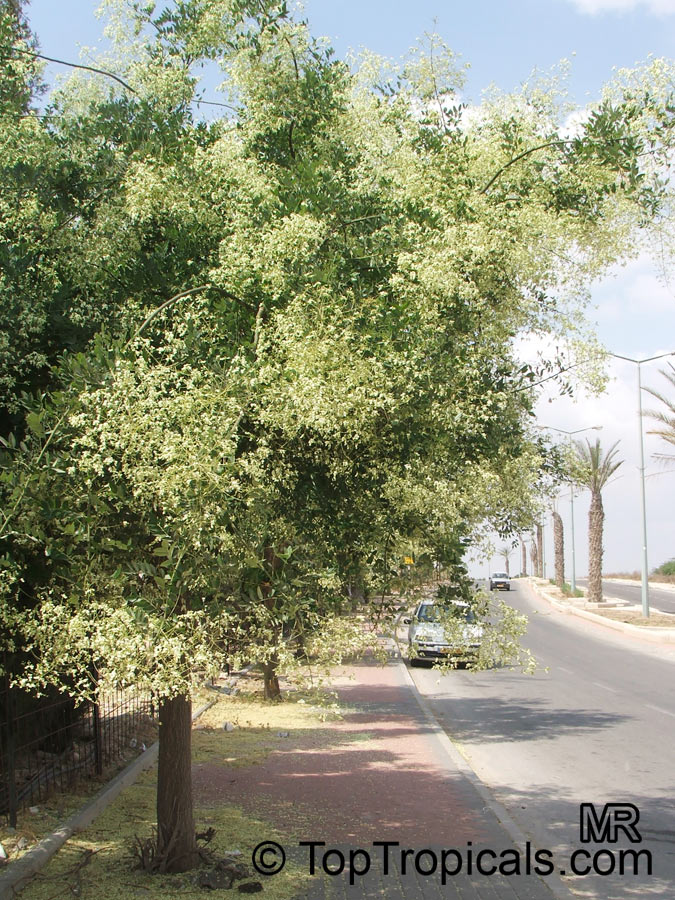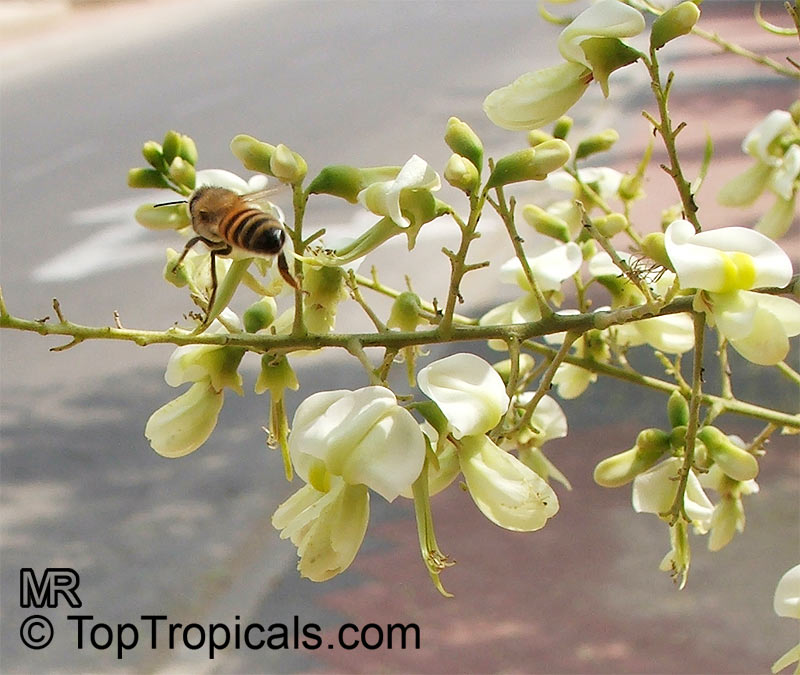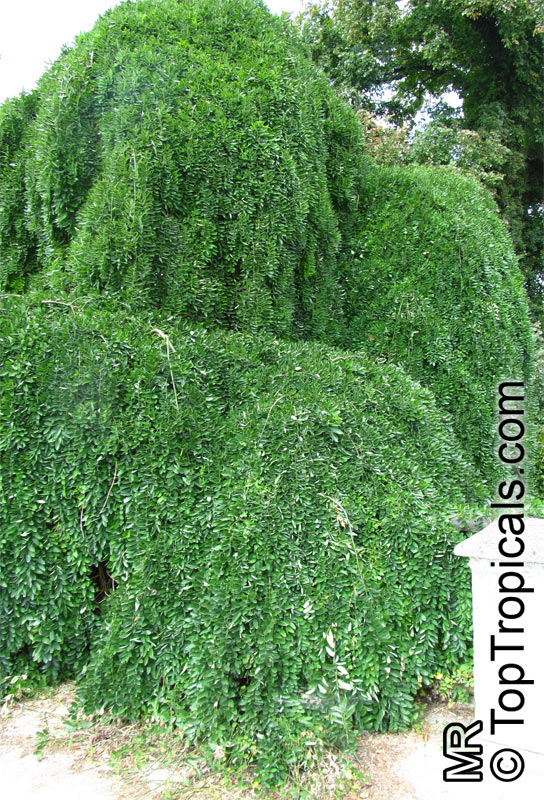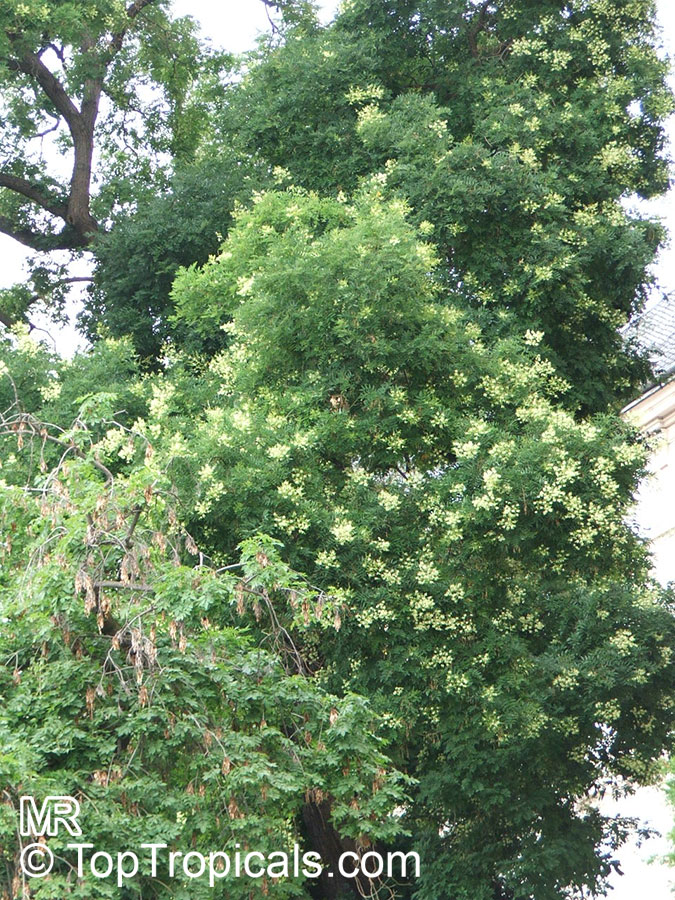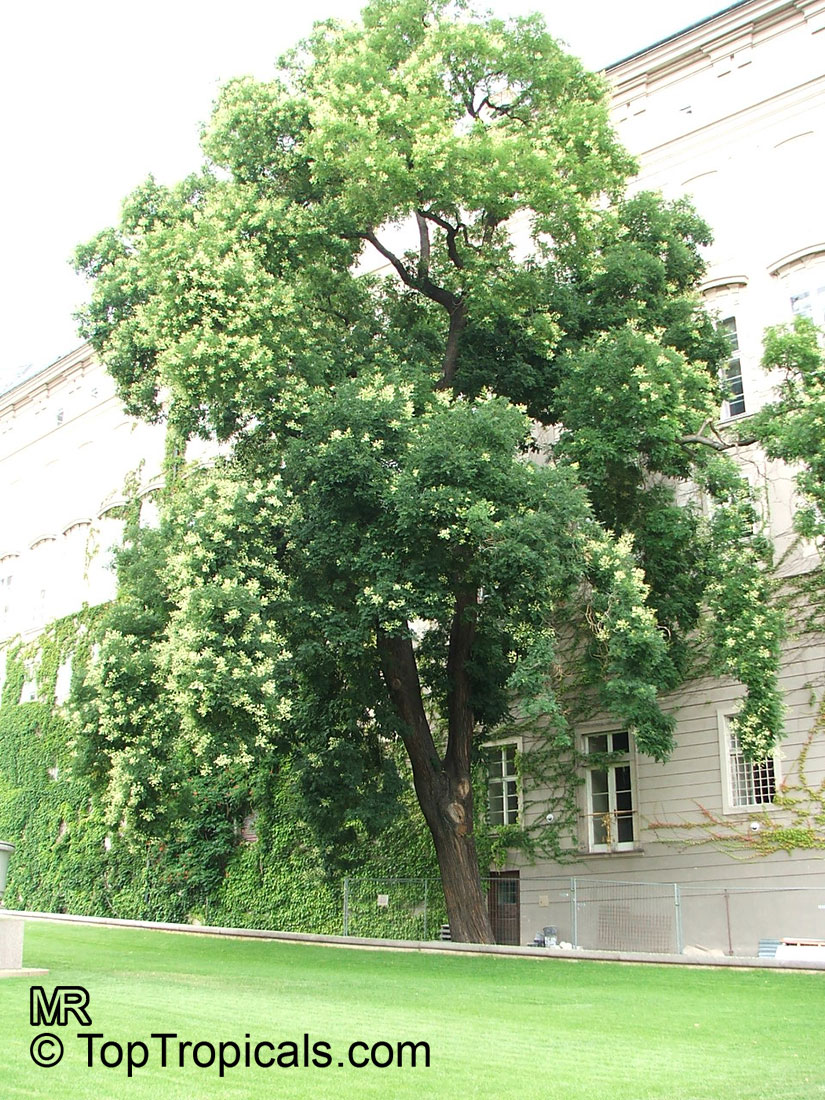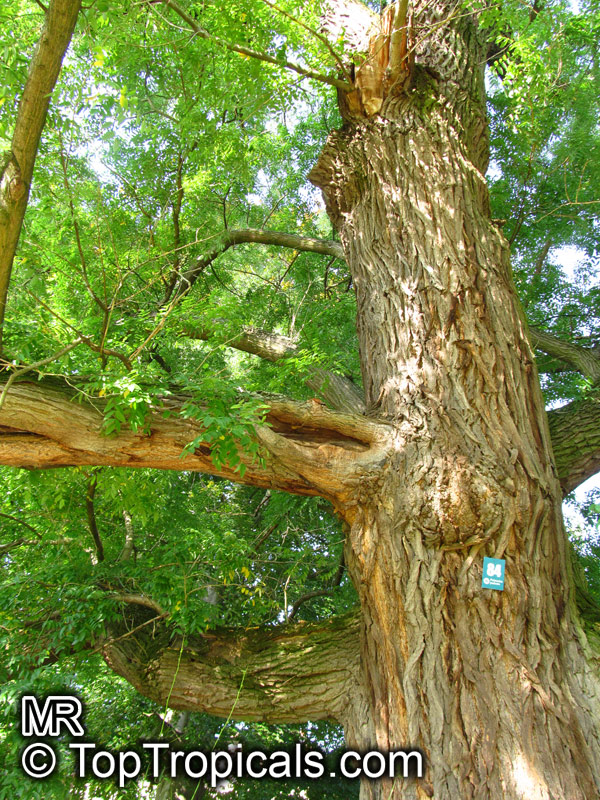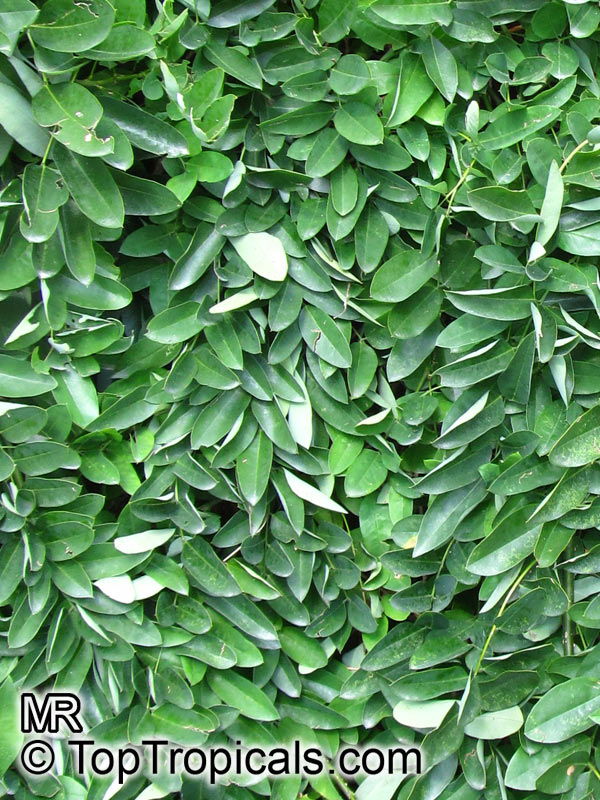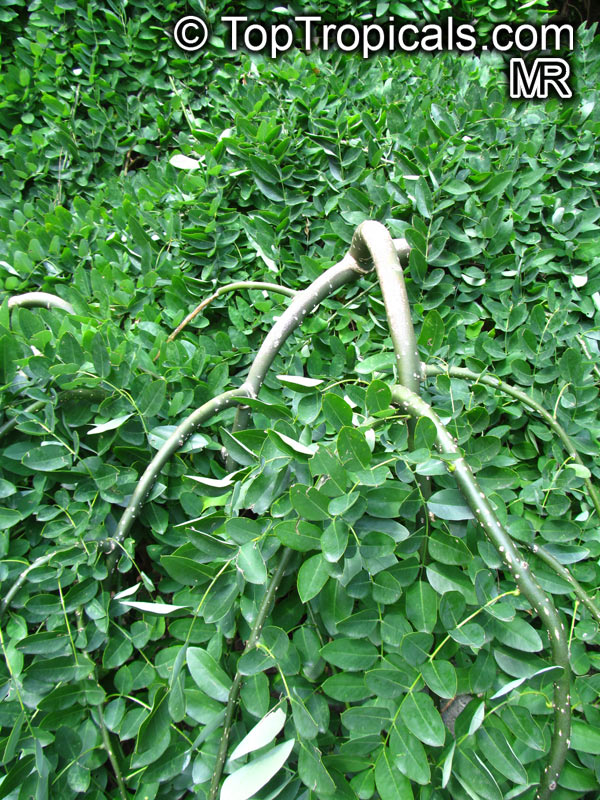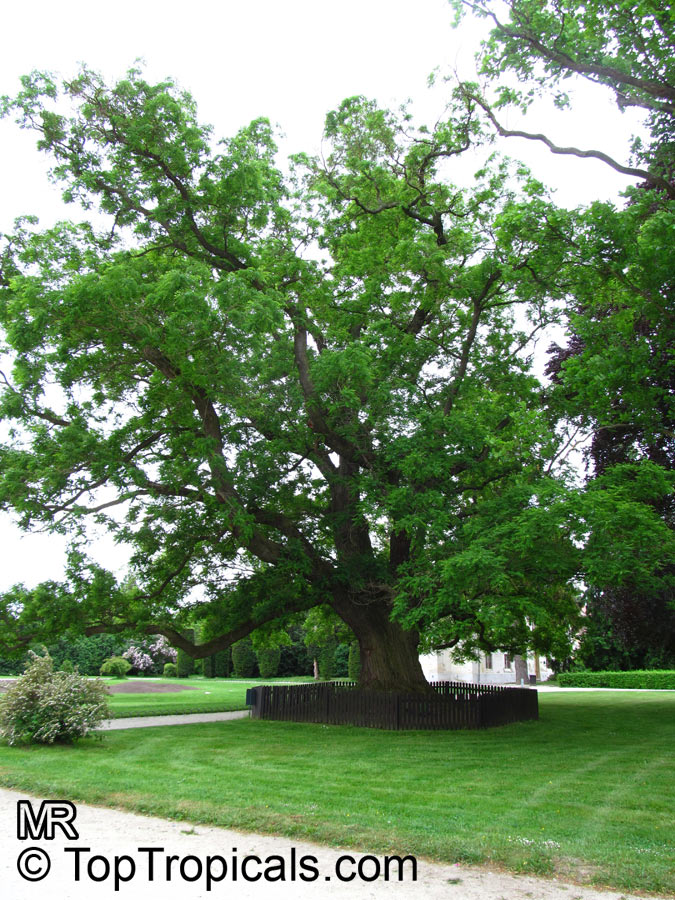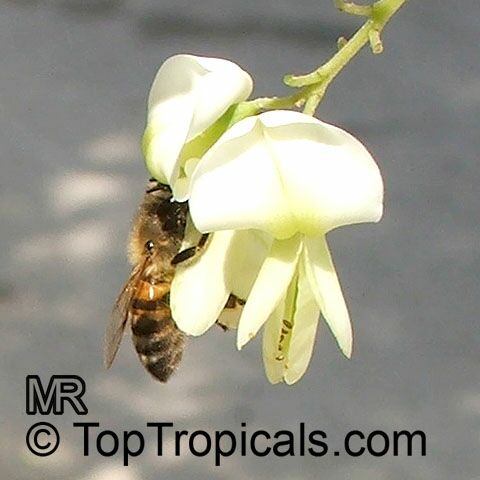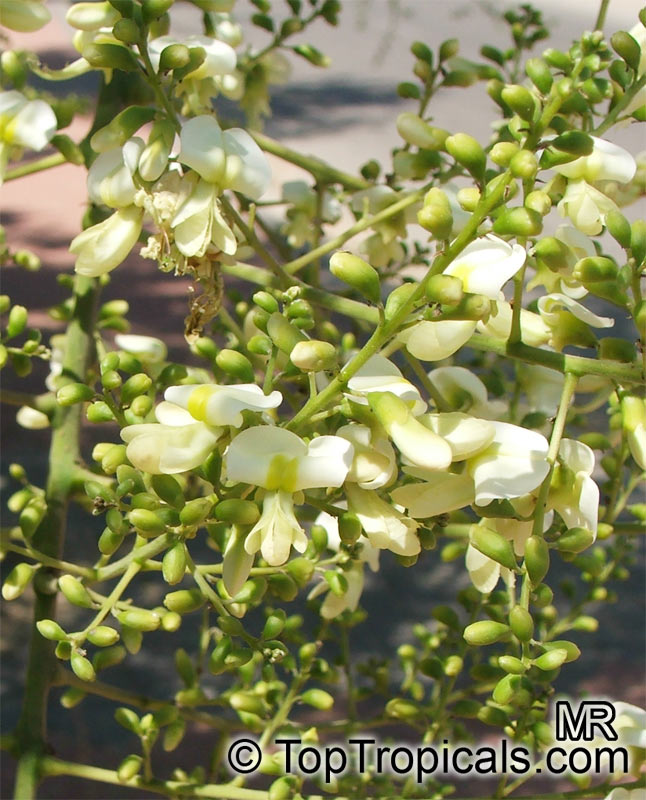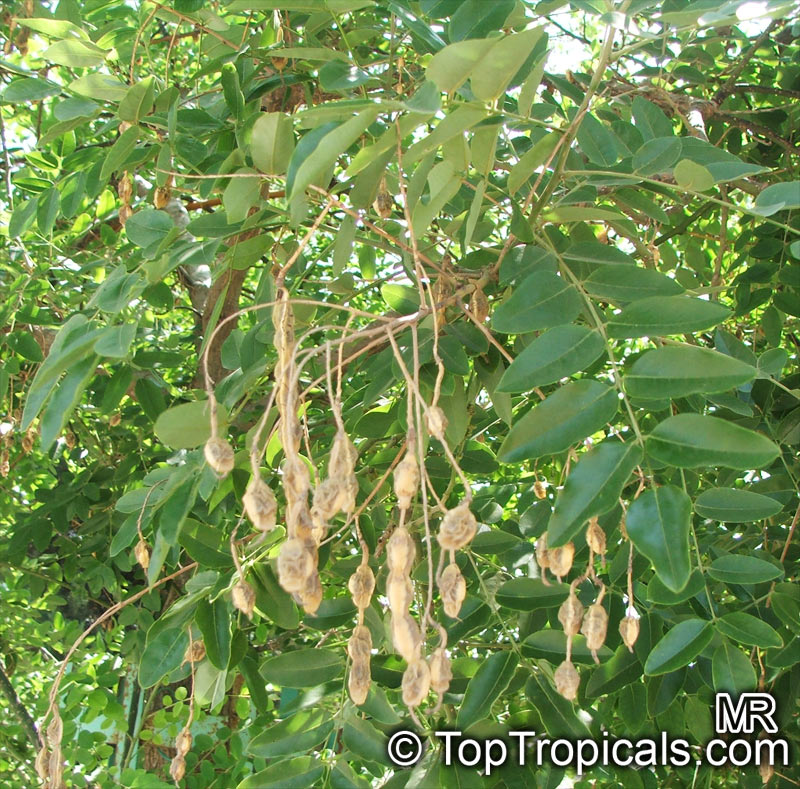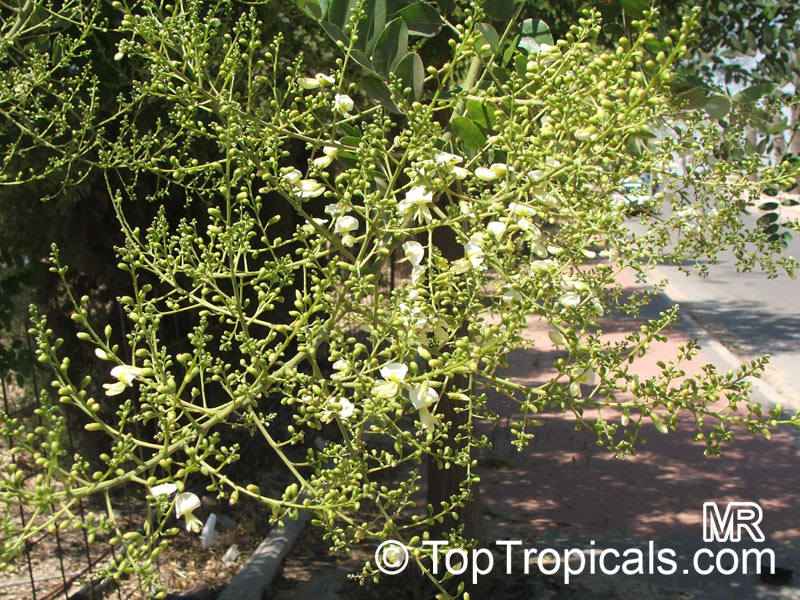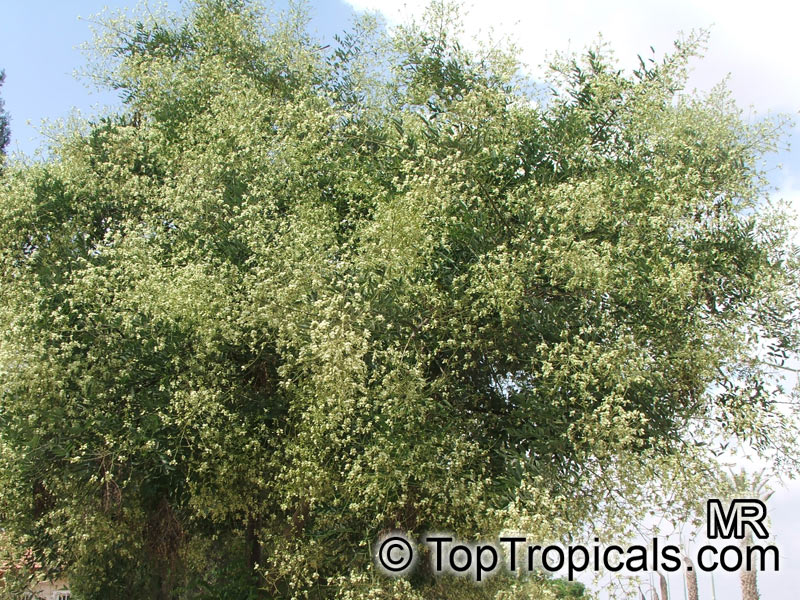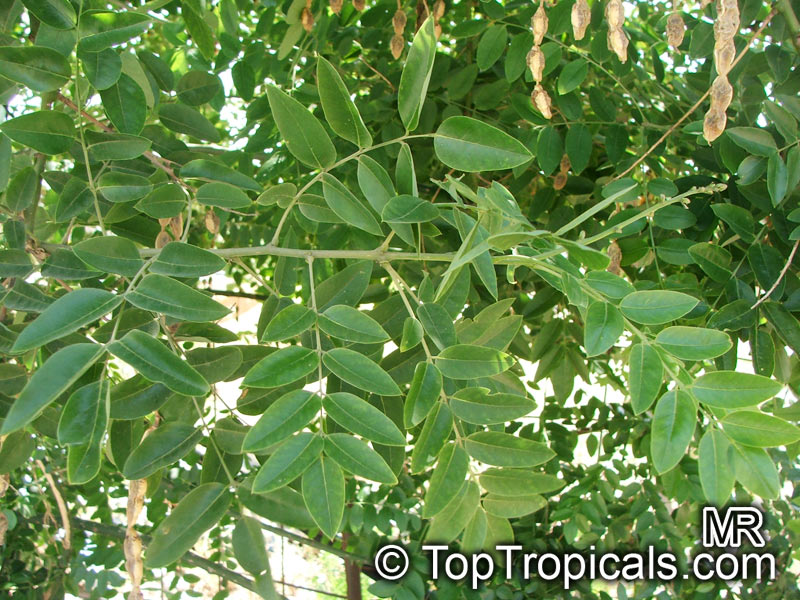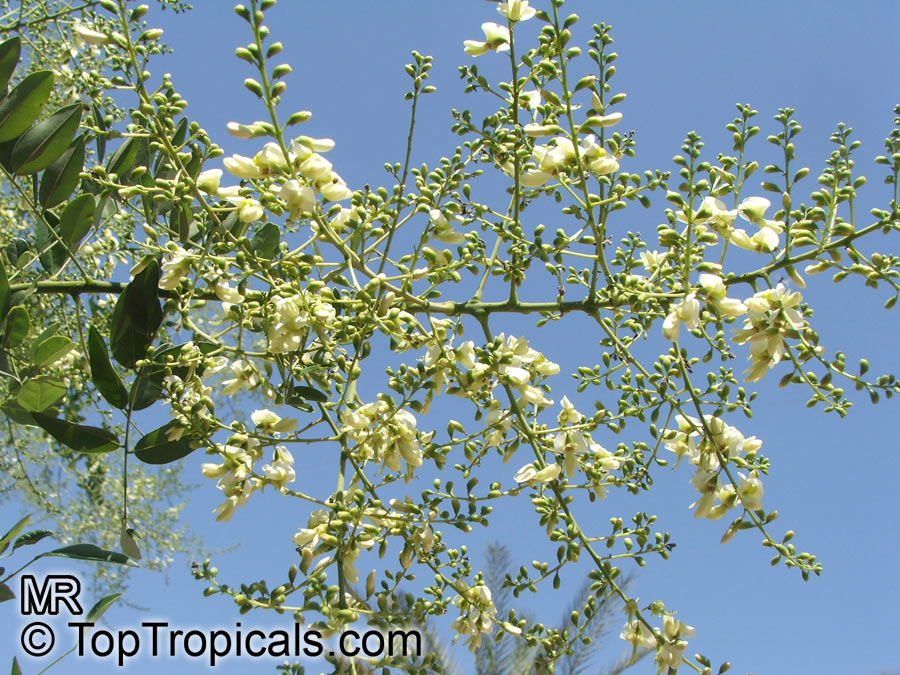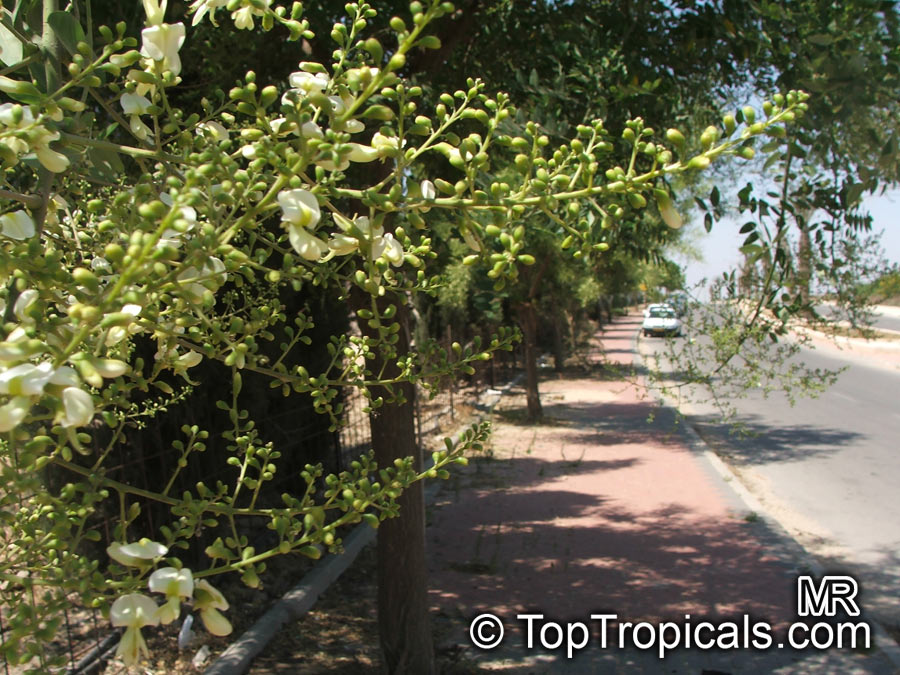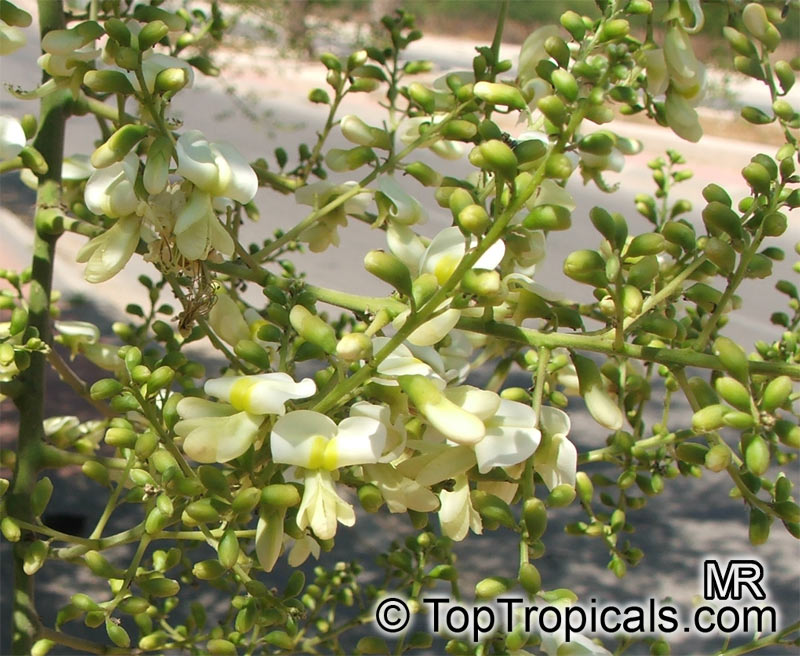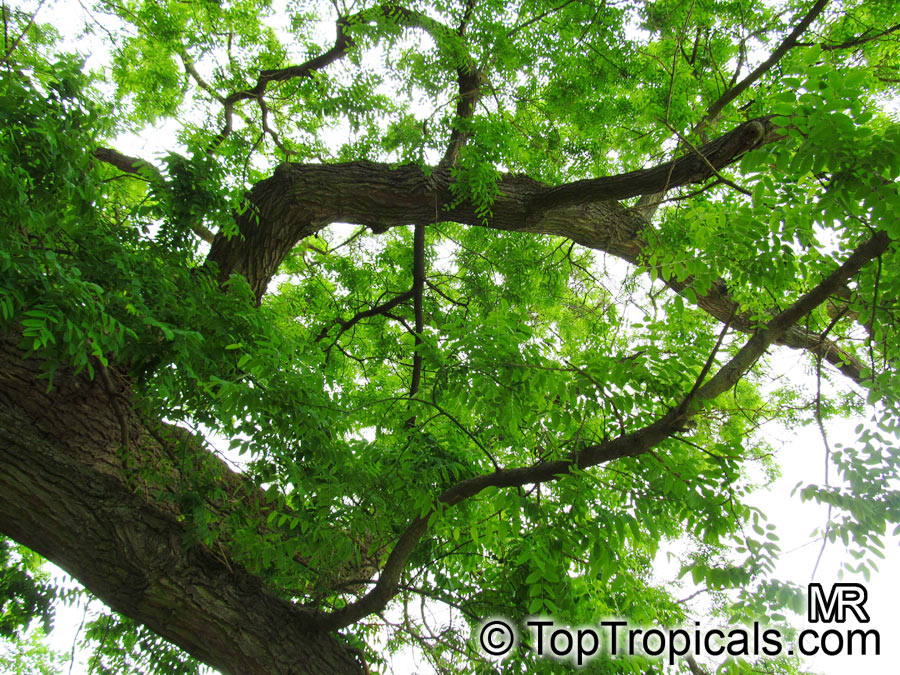Sophora japonica, Styphnolobium japonicum
Japanese Pagoda Tree, Scholar-treeFamily: Fabaceae
Subfamily: Faboideae
Origin: China and Korea











It cannot grow in the shade. It requires moist soil and can tolerate drought. It can tolerate atmospheric pollution.
This species has a symbiotic relationship with certain soil bacteria, these bacteria form nodules on the roots and fix atmospheric nitrogen. Some of this nitrogen is utilized by the growing plant but some can also be used by other plants growing nearby.
This species is commonly used in Chinese medicine and is considered to be one of the 50 fundamental herbs. The flowers and flower buds are antibacterial, anticholesterolemic, anti-inflammatory, antispasmodic, haemostatic and hypotensive. The leaves are a rich source of rutin, they contain much more than the usual commercial source, buckwheat. The plant contains cytosine, which resembles nicotine and is similarly toxic.
Similar plants:
